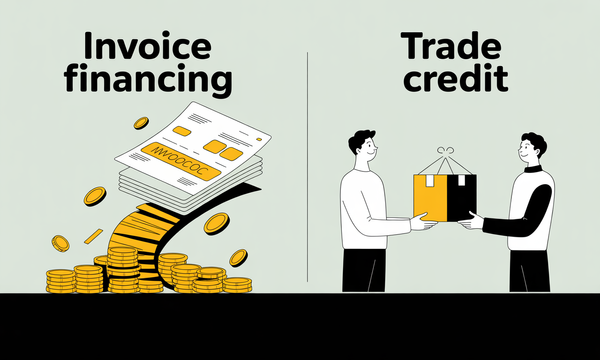Seasonal Financing: Prepare for Peak Periods

UAE peaks: Ramadan/Eid, DSF, back-to-school, National Day, winter tourism. These bring high demand and higher costs before revenue. Smart seasonal financing turns peaks into profit.
Why being unprepared costs:
- Stockouts and lost sales
- Premium freight and rush orders
- Weak marketing and lower conversion
- Operational strain and poor customer experience
Financing options:
- Inventory finance: 90–150 day terms, secured by stock
- Revenue-based finance: pay a % of sales; perfect for seasonality
- Working capital lines: draw when needed; pay interest on usage
- PO finance: for large confirmed orders
- Islamic: Murabaha (inventory), Ijara (equipment)
Build your plan:
- Forecast demand by SKU and channel using last year data plus market changes
- Create a 26-week cash plan (pre-peak, peak, post-peak)
- Match products to needs (inventory loans, marketing finance, working capital)
- Set guardrails (turnover targets, debt-to-sales limits, cash buffers)
Peak preparation:
- Ramadan/Eid (6–8 weeks ahead): curate collections, plan campaigns, hire temp staff, secure logistics
- DSF (8–10 weeks ahead): negotiate supplier discounts, schedule promotions, extend hours and staffing
Inventory finance details:
- Structure: interest-only during build; principal as goods sell
- Security: warehouse receipts, audits, insurance
- Monitoring: weekly sell-through, aging, shrinkage
Marketing finance:
- Use RBF to fund ads
- Set targets for CAC, ROAS, and payback
- Pause criteria to protect cash
Post-peak:
- Reconcile results vs plans
- Pay down debt quickly
- Clear slow movers with markdowns
- Reset operations
- Update playbooks for next season
Year-round:
- Keep seasonal calendar and lead times
- Pre-negotiate seasonal capacity with lenders and suppliers
- Run quarterly stress tests
- Maintain a reserve for seasonality risk
A clear seasonal financing plan lets you stock smart, spend efficiently, and protect cash—turning peaks into repeatable growth engines.




